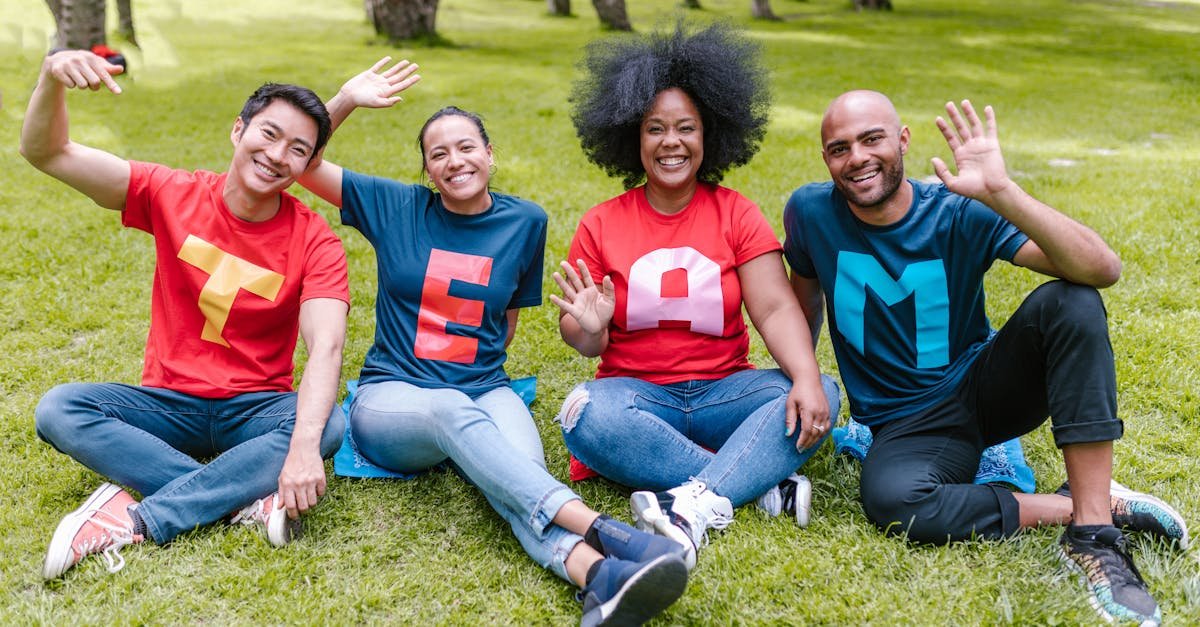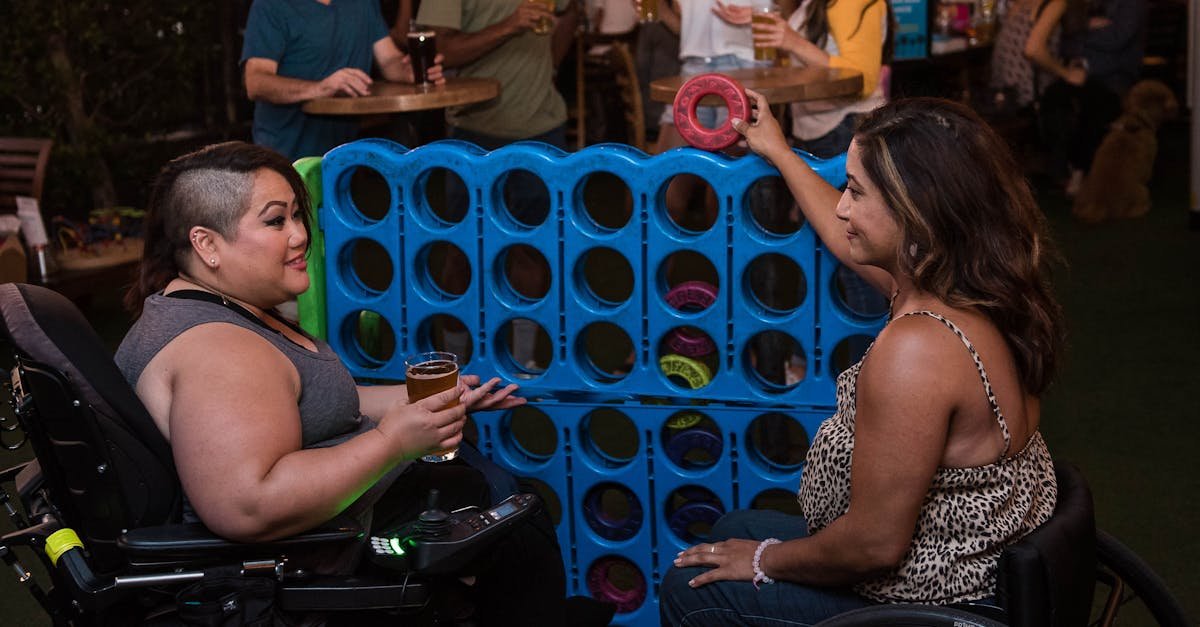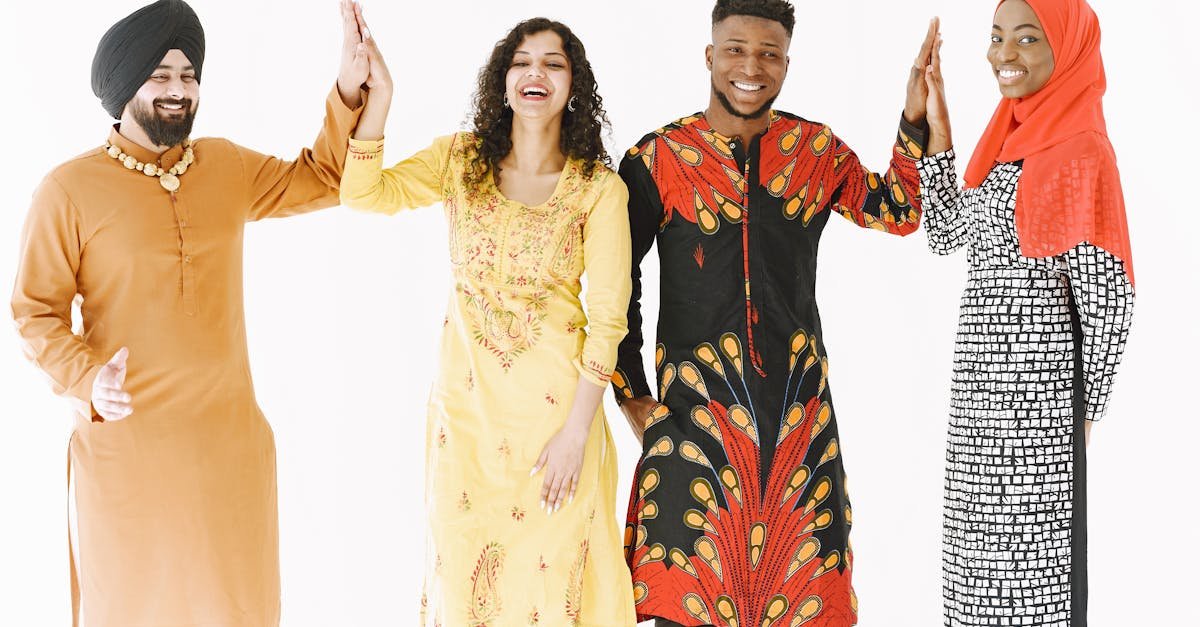Harmonizing Generational GBS Teams for Optimal Performance
Imagine being in a room filled with bright minds from different generations, each with their own perspectives, experiences, and ways of working. It’s like a clash of titans, right? But here’s the kicker: within that chaos lies the magic of harmonizing generational GBS teams for optimal performance. As someone immersed in the shared services industry for over 20 years, I’ve seen firsthand how generational differences can either be a hurdle or a stepping stone. Let’s talk about this mix—how to work with it, how to embrace it, and most importantly, how to skyrocket performance through effective teamwork. Understanding the Generational Spectrum First off, let’s break it down. We’re looking at Baby Boomers, Gen X, Millennials, and Gen Z working side by side. Each group has its own rhythm, and understanding that rhythm is the first step to harmony: Baby Boomers: Typically values hard work, loyalty, and face-to-face interaction. They’ve seen the evolution of systems, and they often prioritize stability. Gen X: The pragmatic problem-solvers. They appreciate autonomy but also emphasize collaboration. They’re often considered the bridge between old-school approaches and modern innovations. Millennials: Tech-savvy and driven by a sense of purpose. They thrive on flexibility and social responsibility. Quick to adapt but might challenge the status quo. Gen Z: Digital natives. They expect technology and communication that’s fast and efficient. They’re focused on mental well-being and diversity. Now, notice how each of these generations comes with its own skill set? This is critical when we think about creating a cohesive team dynamic. Building Bridges Through Communication Communication is where many teams stumble, and honestly, that’s what often leads to misunderstandings. Here’s how to turn communication into your greatest ally: Regular Check-Ins: Schedule consistent team meetings to allow for open dialogue. This doesn’t have to be formal—think casual catch-ups where everyone can share ideas freely. Utilize Multiple Channels: Different generations prefer different communication methods. Some love emails; others thrive in instant messaging platforms. Find a balance that works for everyone. Feedback Culture: Constructive feedback from all levels fosters growth. Encourage an environment where feedback is seen as a form of support—not criticism. Effective communication is more than just exchanging words. It’s about understanding where everyone is coming from and meeting them there. It’s honestly a game-changer. Creating a Collaborative Environment Now, let’s shift gears and talk about collaboration. It’s about making connections happen. Here’s how to get everyone on the same page: Leverage Strengths: Identify the specific skills each generation brings to the table. Assign roles accordingly, ensuring everyone feels valued and relevant. Pairing Mentorship: Set up a mentorship program where older generations mentor younger ones and vice versa. Imagine the powerhouse combination of experience and fresh perspectives. Group Projects: Foster innovation by forming cross-generational teams on projects. Let creativity flow when different minds tackle a common challenge. When everyone collaborates, ideas germinate, and performance skyrockets! Adopting Flexibility and Adaptability In today’s world, adaptability is vital. Here’s why it matters and how we can implement it: Work-Life Balance: Promote a flexible working environment. It accommodates different lifestyles and increases job satisfaction across generations. Adapt Technology: Ensure that everyone is comfortable with the tools at their disposal. Provide training sessions and resources to ease transitions and foster tech competence. Cultural Sensitivity: Embrace and respect the differing values and perspectives brought by each generation. This promotes harmony and understanding. Flexibility isn’t just a nice-to-have; it’s a must in ensuring everyone feels included and empowered. Continuous Learning and Development When was the last time you invested in learning? One of the most effective strategies for harmonizing GBS teams is encouraging an environment of continuous learning: Skill Development: Offer workshops and training programs tailored to different skill levels and interests. This not only improves expertise but also shows the team you care. Knowledge Sharing: Create a platform where team members can share their expertise. This could be through lunch-and-learns, webinars, or simple knowledge-sharing sessions. Encourage Curiosity: Foster a mindset where asking questions isn’t just welcomed; it’s celebrated. Instill the idea that every generation has something to learn from the other. We’re in the shared services industry where transformation is constant. Keeping your team in the loop means staying ahead of the curve. A Real-Life Example: Navigating Generational Differences Let’s get real for a second. A few years back, I was leading a project with a team made up of every generation imaginable. There were constant clashes over presentations. Baby Boomers wanted lengthy reports. Millennials and Gen Z? They were all about short, snappy visuals. Instead of letting these differences drive us apart, we held a brainstorming session to find a middle ground. The solution was hybrid presentations—combining detailed documents for those who crave depth with engaging slides for visual learners. Everyone loved it, and our project was a hit! That’s the beauty of it! When you harness the energy and unique strengths of your team, the outcome will surprise you. Measuring Success: Performance Metrics Okay, so we’ve harmonized the team. But how do we measure success? Here are some key performance indicators (KPIs) to keep an eye on: Employee Satisfaction: Use surveys to measure morale regularly. Higher satisfaction often translates to improved performance and retention. Project Success Rate: Monitor how frequently projects come in on time and on budget. If performance is increasing, it’s a good sign. Collaboration Impact: Track team dynamics using feedback sessions. Are team members sharing ideas and working well together? If so, you’re onto something big. Measuring isn’t about critiquing; it’s about celebrating victory and identifying areas for improvement. Final Thoughts: Embracing the Future Sometimes, it’s easy to think generational differences will derail productivity. But I’m here to tell you that they can enrich your team instead. Harmonizing generational GBS teams for optimal performance isn’t just a dream; it’s a reality we can craft together. From encouraging open communication to fostering a culture of collaboration and continuous learning, the keys lie in understanding and empathy. So, whether you’re leading a diverse team or working within one, remember: every generation has
Harmonizing Generational GBS Teams for Optimal Performance Read More »









